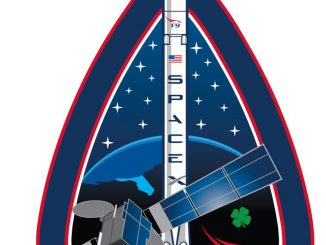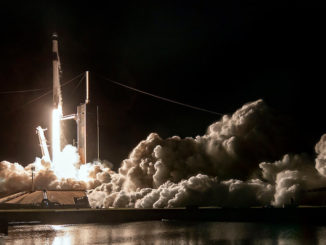SpaceX’s Falcon 9 rocket is set for liftoff from Cape Canaveral on Thursday, heading due east over the Atlantic Ocean to deliver the Es’hail 2 communications satellite into orbit around 32 minutes later.
The 229-foot-tall (70-meter) rocket is poised for launch from pad 39A at NASA’s Kennedy Space Center in Florida at 3:46 p.m. EST Thursday (2046 GMT) at the opening of a 103-minute launch window.
Perched atop the rocket is the Es’hail 2 communications satellite, a spacecraft manufactured in Japan by Mitsubishi Electric Corp. for Es’hailSat, Qatar’s national satellite communications company.
The satellite carries Ku-band and Ka-band transponders to beam broadband connections, television and other data relay services across the Middle East, North Africa and Europe.
After deployment from the upper stage of the Falcon 9 rocket in an elliptical transfer orbit, Es’hail 2 will use its on-board hydrazine-fueled engine and electric thrusters to boost itself into a circular geostationary orbit more than 22,000 miles (nearly 36,000 kilometers) over the equator at 26 degrees east longitude.
Es’hail 2, based on Melco’s DS2000 satellite bus, is designed for a 15-year mission.
The Falcon 9 rocket launching Es’hail 2 will fly in the upgraded “Block 5” configuration, with a new second stage and a first stage previously flown on the Telstar 19 VANTAGE launch in July.
The timeline below outlines the launch sequence for the Falcon 9 flight with Es’hail 2.
Data source: SpaceX
T-0:00:00: Liftoff
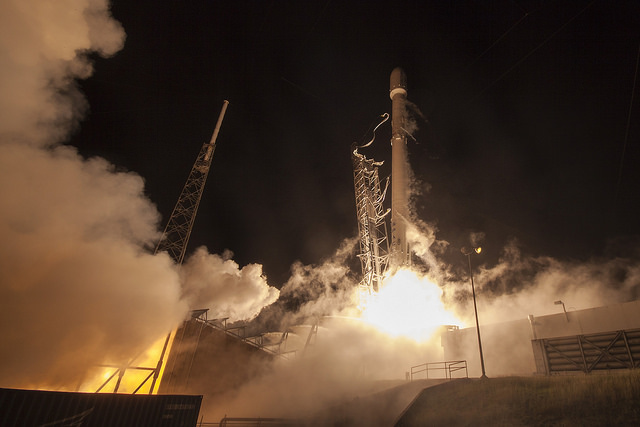
T+0:00:59: Mach 1
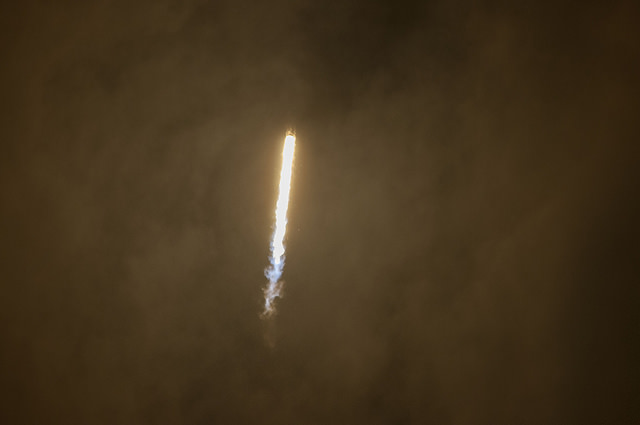
T+0:01:06: Max Q
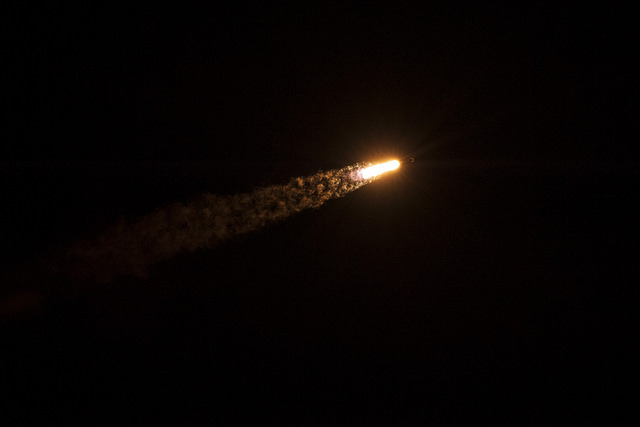
T+0:02:35: MECO
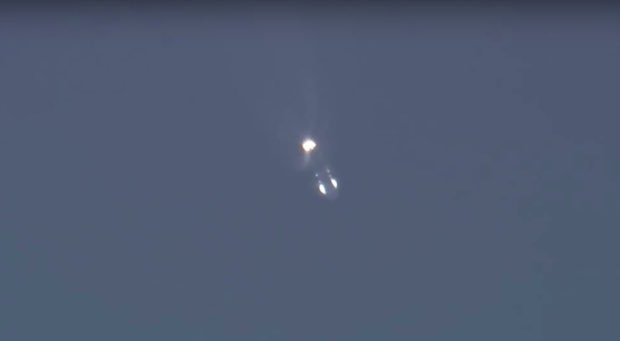
T+0:02:39: Stage 1 Separation
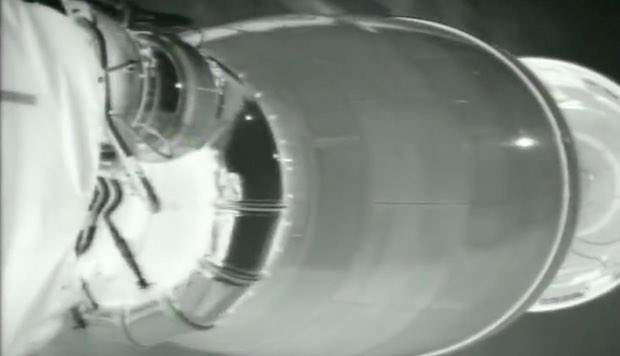
T+0:02:46: First Ignition of Second Stage
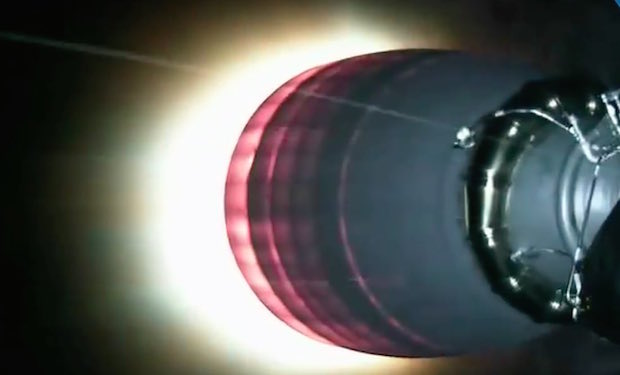
T+0:03:47: Fairing Jettison
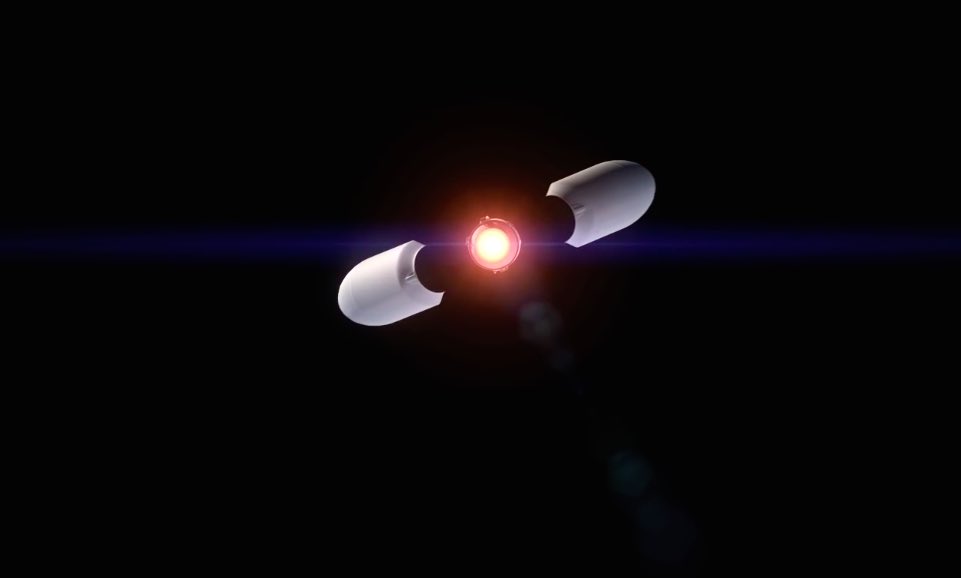
T+0:06:22: Stage 1 Entry Burn

T+0:08:07: SECO 1
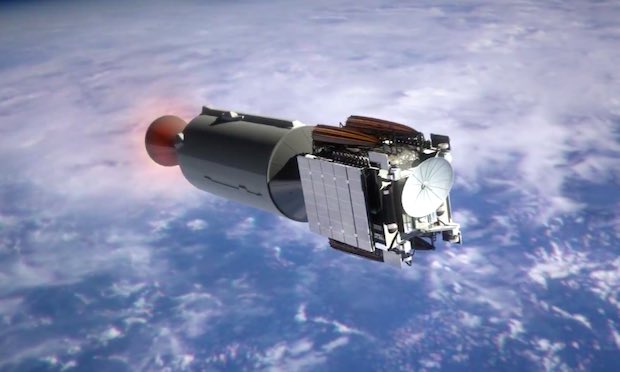
T+0:08:16: Stage 1 Landing
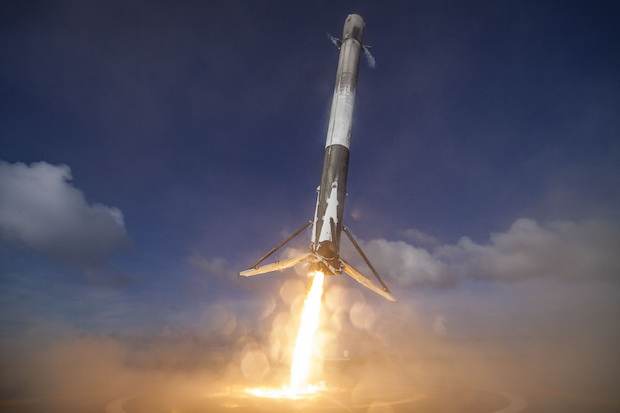
T+0:26:34: Second Ignition of Second Stage
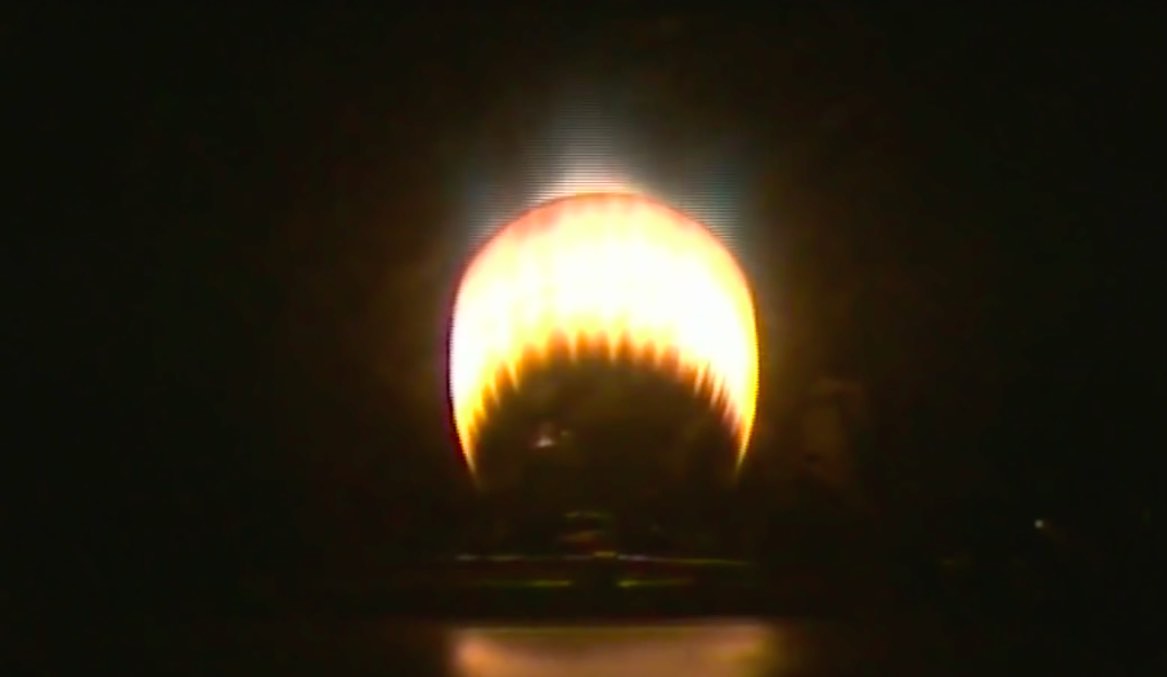
T+0:27:29: SECO 2
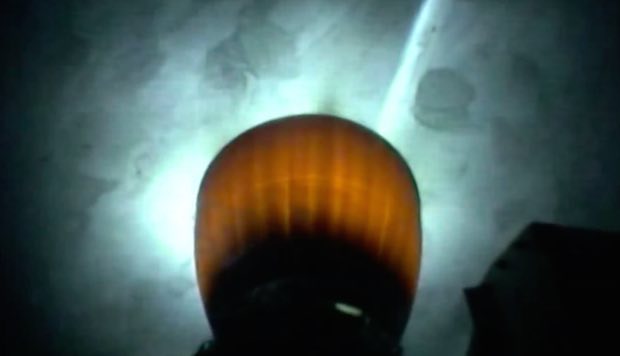
T+0:32:29: Es’hail 2 Separation
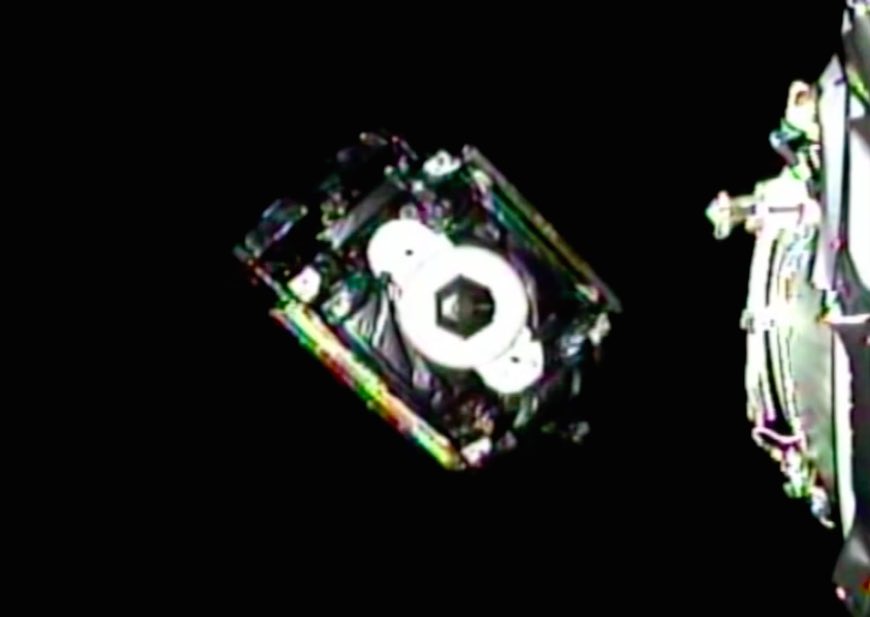
Email the author.
Follow Stephen Clark on Twitter: @StephenClark1.

